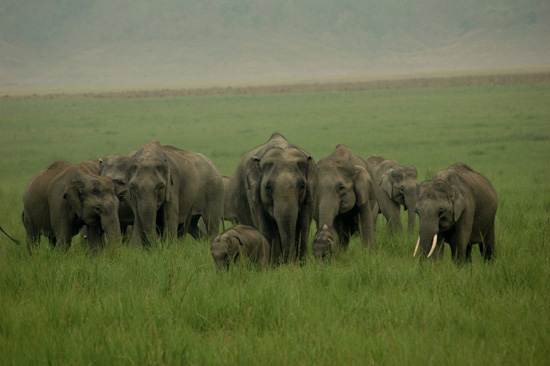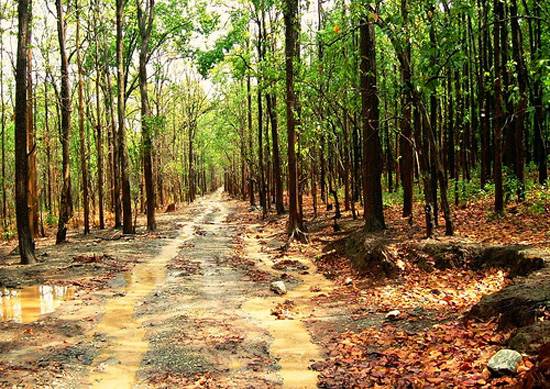Corbett National Park is one of India’s most beautiful varied wildlife areas spans across some 920.9 square km at an altitude of 600 to 1100 meters in the Himalayan foothills in India. It is the oldest national park of India. Named after the hunter and conservationist Jim Corbett who played an important role in its establishment.
Corbett national park supports a variety of vegetation making it the ideal habitat for the tiger and its prey. Became famous for its wild population of tigers has a tiger population of around 160, Leopards and Elephants, which makes this park as the last and the most important bastion of this endangered species in India. It also contains chital, sambar, nilgai, gharial, King Cobra, muntjac, wild boar, hedgehog, common musk shrew, flying fox, Indian Pangolin, and nearly 600 species of birds.

Corbett national park was established in 1936, was known as the Hailey National Park. In 1955-56 it has changed to Ramganga National Park and finally Jim Corbett National Park. India’s first national park and the first sanctuary to come under Project Tiger,was best known for hunting man-eating tigers and leopards in the Kumaon and lower Garhwal in the 1920s. Corbett National Park was one of the nine tiger reserves created at the launch of the Project Tiger in 1973. 1815-20 Prior to the British Rule, the forests of the Jim Corbett National Park were the private property of the local rulers. the government paid little or no attention to the upkeep of the park. Corbett has been a haunt for tourists and wildlife lovers for a long time. Now Tourism is allowed in selected areas to see the splendid landscape and the diverse wildlife.













































